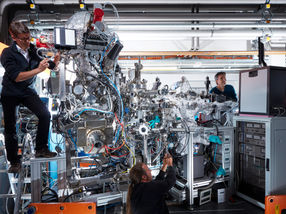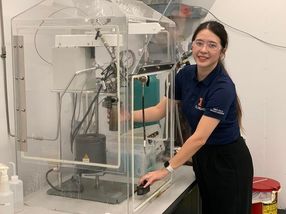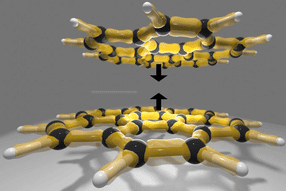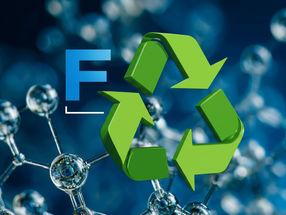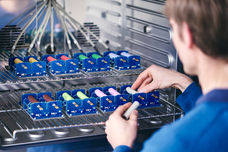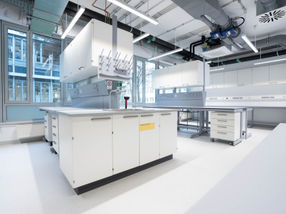Sodium-ion batteries: BAM study reveals need for research into safety
Advertisement
The Federal Institute for Materials Research and Testing (BAM), together with the European Synchrotron Radiation Facility (ESRF) and the Fraunhofer Institute for High-Speed Dynamics (EMI), has investigated how safe sodium-ion batteries are. This type of battery is considered a sustainable alternative to lithium-ion batteries. The results of the study show that proven safety mechanisms are not automatically equally effective for all battery technologies, but should be specifically adapted to the chemical composition and cell design of new batteries.
In the investigations, mechanical damage to a sodium-ion battery was simulated using a so-called nail penetration test. This test is an internationally recognized procedure for evaluating the safety behavior of batteries. It involves deliberately piercing a cell with a metal pin to trigger a critical damage event.
The aim was to find out whether the battery - similar to lithium-ion batteries - enters into a dangerous thermal reaction in which the cell heats up strongly and possibly ignites or explodes, and whether the built-in safety mechanisms are effective. Due to their resource-saving materials and potential cost advantages, sodium-ion batteries are considered a promising alternative to lithium-ion systems.
Using high-speed X-ray imaging in a test chamber specially developed by the Fraunhofer Institute for High-Speed Dynamics (EMI), researchers at the European Synchrotron Radiation Facility in Grenoble were able to visualize the internal processes in sodium-ion batteries during a critical event in real time for the first time. Two other battery types with different safety mechanisms and chemical properties were also examined in direct comparison: a classic lithium-ion battery with a nickel-manganese-cobalt cathode, which is widely used in electric vehicles and portable devices, and a lithium-iron-phosphate battery. This type of battery is considered particularly safe and is often used in stationary storage systems.
The results showed clear differences in behavior: The lithium iron phosphate battery proved to be particularly stable. The lithium-ion battery with nickel-manganese-cobalt cathode reacted in a controlled manner - its safety mechanisms functioned as intended. What was surprising was the behavior of the sodium-ion battery: Here, an almost explosive process occurred. However, the cause was not the cell chemistry itself, but a failure of the cell's venting system, which is actually supposed to ensure that the excess pressure is released. However, due to the rapid increase in pressure, the venting system was blocked by other components of the safety devices, which led to the abrupt and violent reaction.
"Our investigations show that safety mechanisms cannot simply be transferred from one battery technology to another," explains Nils Böttcher, Head of the Battery Test Center at BAM. "Especially with new battery types such as sodium-ion cells, mechanical components such as venting systems have to be specifically adapted and tested. Our results do not call into question the fundamental safety of sodium-ion technology, but they do underline the need to consider chemical composition and safety design together. BAM is therefore actively involved in the development of standards and norms in the field of sodium-ion battery safety."
Note: This article has been translated using a computer system without human intervention. LUMITOS offers these automatic translations to present a wider range of current news. Since this article has been translated with automatic translation, it is possible that it contains errors in vocabulary, syntax or grammar. The original article in German can be found here.
Other news from the department science
These products might interest you
Most read news
More news from our other portals
See the theme worlds for related content
Topic World Battery Technology
The topic world Battery Technology combines relevant knowledge in a unique way. Here you will find everything about suppliers and their products, webinars, white papers, catalogs and brochures.

Topic World Battery Technology
The topic world Battery Technology combines relevant knowledge in a unique way. Here you will find everything about suppliers and their products, webinars, white papers, catalogs and brochures.














